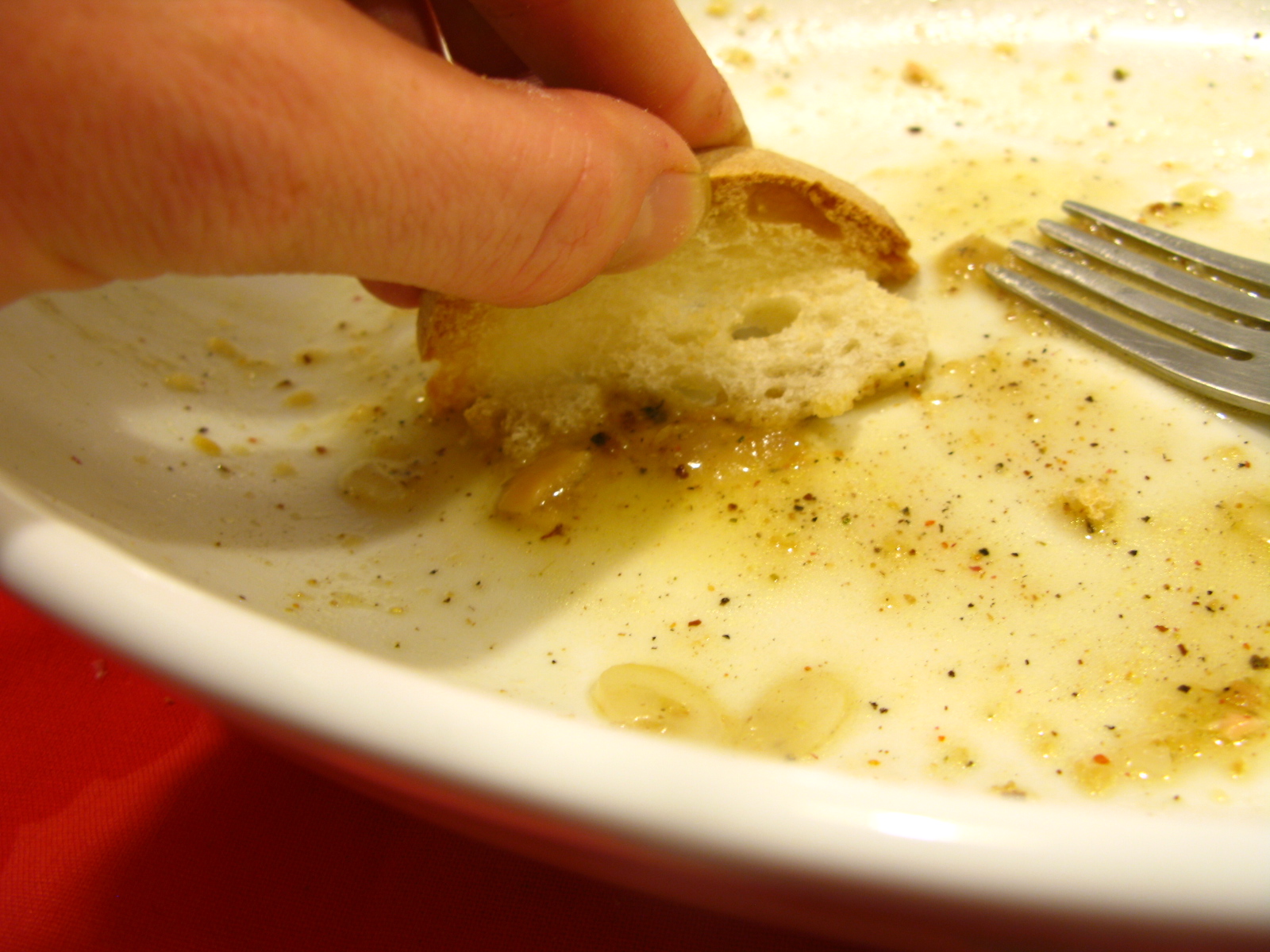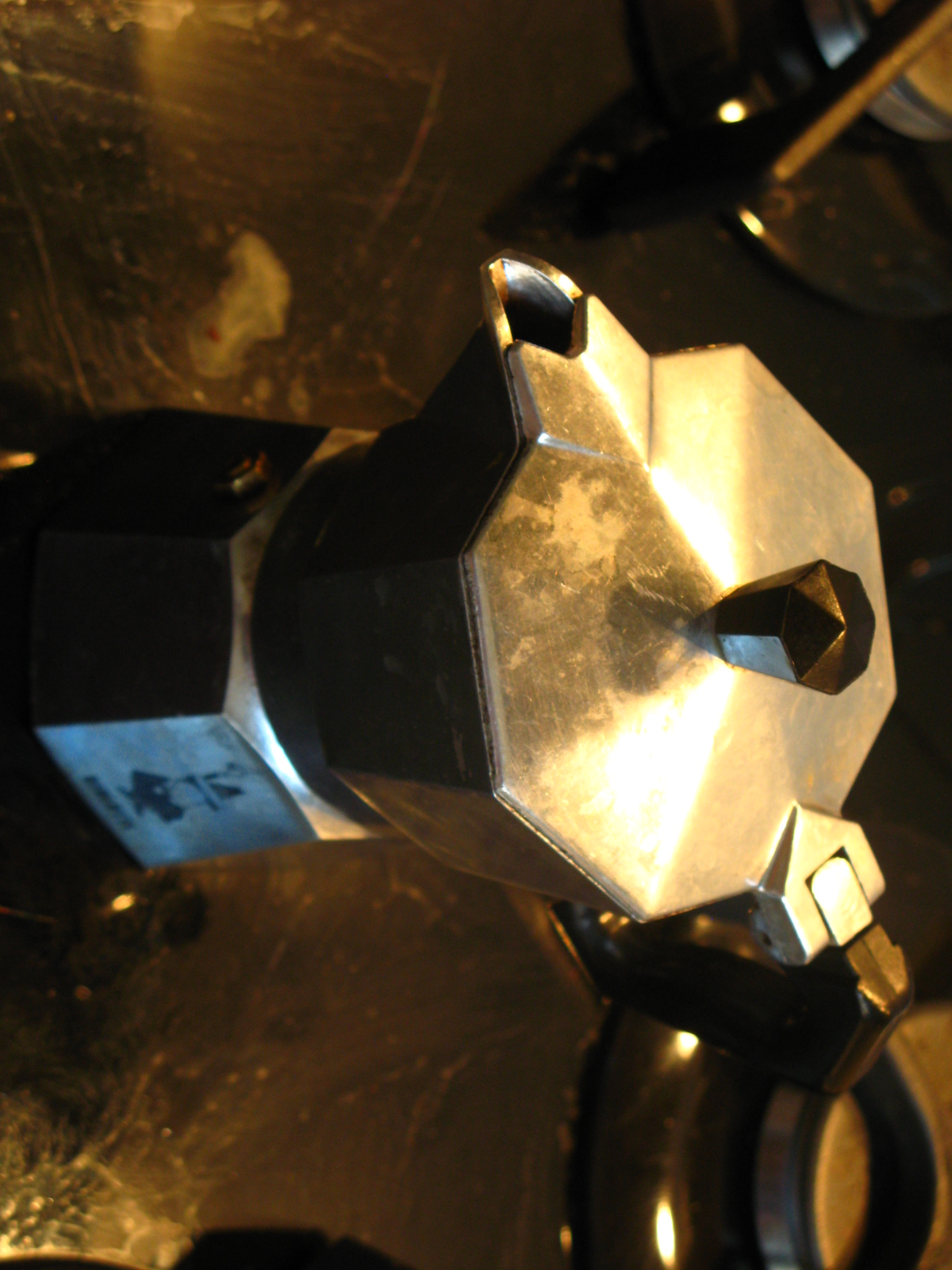Every now and again there are moments in your life that you just know are going to be great even before they happen; a party, a journey, a gig, a feast, a sound, a taste, a show. Last night was one of these moments. The ingredients were all there. It was going to be quite a night! The occasion was to mark an important date in the career of five young creative individuals from the catering world whose indefatigable passion, effort, commitment and energy has earned an enthusiastic following in Tuscany. I say ‘important’ but I also mean a little sad, as the occasion was a farewell to “I 5 Sensi” (The Five Senses) as they hang up their aprons in the Osteria where they have delighted palettes, educated eyes and tantalised tongues for the past five and a half years. Anyone who has been welcomed to one of their tables in the lush green surroundings of the Il Borro Estate near Arezzo, and sampled one of their stunning menus (the Chianina beef and wild boar dishes without a doubt being amongst the best) will know that they will be missed!
In Tuscany, cantucci di Prato—miniature, anise-flavored almond biscotti—are traditionally served at the end of a meal with a glass of Tuscan dessert wine, vin santo, for dipping. “But, being English, Trudie and Sting often eat them with tea,” Sponzo says. Il Palagio’s vin santo (which is Italian for “holy wine”) is made with Trebbiano and Malvasia grapes from the estate’s own organic vineyards, which are dried in rafters before their sweet juice is pressed and fermented.
Panettone and pandoro are both Christmas staple throughout Italy: delicious and yummy as they do look, those traditional Italian sweet yeast breads, most popular around Christmas and other special occasions.Let's present these two Italian, Christmas stars! Panettone, the tall, cylindrical (usually taller than broad, with its hallmark domed shape), fruit-filled sweet bread has graced Christmas tables in Milan, pretty much as we find it today, since at least the Reinassance: there are many fascinating legends regarding its origins.The most well know of the panettone, describes a Milanese baker named Toni who had a beautiful daughter.A young nobleman wanted to marry her so disguised himself as a baker, and baked this special sweet bread filled with raisins and candied fruit peels to win the father’s approval. The two young people married, and meanwhile the sweet bread made Toni’s bakery famous, and was named “pan de Toni” or, Toni’s bread.
Meeting on Sunday November, 29th 2009 with the 26th edition of the International classic road raceThe wrapping glamour of centuries of art, history and culture accompanies you step by step along the 42 kilometres and 195 meters of the Florence Marathon. A unique emotion which can be told only by those who have run in Florence and which has made the classic race of Florence an appointment that cannot be missed by thousand of sportsmen and enthusiasts who each year punctually come from all over the worldBenini244 R on the last Sunday in November.
Have you ever noticed, during wintertime, people eating roasted chestnuts, picking them from sheets of yellow paper, bought along the road in the center of Florence? Have you ever tried this particular kind of finger food? The humble, sweet chestnuts have long played an important part in Italian history and its related diet. Throughout the centuries, chestnut cultivation spread throughout the Itallian peninsula, being one of the few food crops that could be grown on steep mountain slopes, and also one of the few crops that could be expected to provide sustenance through the long winter months. Chestnuts, for example, helped sustaining....
It's new wine time, or Vino Novello, as we Italians call it. Vino Novello is the first of the crop; it goes on sale on November 6 and it's going to be available through February, not...
In a 12-inch saute pan, heat the olive oil over a medium-high flame until hot but not smoking. Add the onion and garlic and saute for a few minutes, until onion is translucent. Add a pinch of salt. Add the chopped tomatoes and their juices and bring to a boil. Reduce to a simmer and let cook until the tomatoes begin to soften and break down, about 5 minutes.
The club was promptly re-established in August 2002 as Associazione Calcio Fiorentina e Florentia Viola with shoe and leather entrepreneur Diego Della Valle as new owner, and was admitted into Serie C2, the fourth tier of Italian football. The only player to remain at the club in its new incarnation was Angelo Di Livio, whose commitment to club's cause further endeared him to the fans. Helped by Di Livio and 30-goal striker Christian Riganò, the club won its Serie C2 group with considerable ease, which would normally have led to a promotion to Serie C1. However, due to the bizarre Caso Catania (Catania Case) the club skipped Serie C1 and was admitted into Serie B, something that was only made possible by the Italian Football Federation's decision to resolve the Catania situation by increasing the number of teams in Serie B from 20 to 24 and promoting Fiorentina for "sports merits". In the 2003 off-season, the club also bought back the right to use the Fiorentina name and the famous shirt design, and re-incorporated itself as ACF Fiorentina.
In 1980 Fiorentina was bought by Flavio Pontello, from a rich house-builder family. He quickly changed the team's anthem and logo, leading to some complaints by the fans, but he started to bring in high-quality players such as Francesco Graziani and Eraldo Pecci from Torino, Daniel Bertoni from Sevilla, Daniele Massaro from Monza and a young Pietro Vierchowod from Sampdoria. The team was built around Giancarlo Antognoni, and in Serie A 1981-82 Fiorentina were involved in an exciting duel with rival Juventus. After a bad injury to Antognoni, the league title was decided on the final day of the season, when Fiorentina were denied a goal against Cagliari and were unable to win. Juventus won the title with a disputed penalty, and the rivalry between the two teams erupted.
In 1950 Fiorentina started to achieve consistent top-five finishes in the domestic league. The team consisted of great players such as well-known goalkeeper Giuliano Sarti, Sergio Cervato, Francesco Rosella, Guido Gratton, Giuseppe Chiappella and Aldo Scaramucci, but above all the attacking duo of Brazilian Julinho and Argentinian Miguel Montuori. This team won Fiorentina's first scudetto (Italian championship) in 1955-56,








